A Doll's House, Part 2 (Melbourne Theatre Company) ★★★
Almost one hundred and forty years have passed since Henrik Ibsen’s A Doll’s House shook the European bourgeoisie with its proto-feminist depiction of a woman walking out on her husband and children. Now American playwright Lucas Hnath has written a sequel of sorts, A Doll’s House, Part 2, which picks up Nora’s (Marta Dusseldorp) story fifteen years after she slammed the door on her loveless, suffocating marriage to bank manager Torvald (Greg Stone).
In Hnath’s play, which was rapturously received on the occasion of its Broadway première in 2017, Nora has become a writer, under a pseudonym, of best-selling ‘books about women’. Hnath’s play opens with a reversal of Ibsen’s ‘door slam heard around the world’: Nora returns (via an arresting video sequence) to the house she left to finalise her divorce from Torvald. Widely assumed to have died, Nora has in fact ‘done very well’, as she tells housemaid Anne Marie (Deidre Rubinstein), out of writing about the ways in which ‘marriage is cruel and destroys women’s lives’. But for the impositions of a still patriarchal society – her heroines must ultimately suffer for their liberation, dying of consumption and the like – Nora has become, it seems, every bit the independent, self-actualised woman suggested in Ibsen’s play.
If this sounds like an unpromisingly low-stakes foundation for a sequel to one of the pioneering works of modern drama, you’d be right. There is no great struggle at the heart of Hnath’s play, and little that substantially advances the arguments of the original. The plot is thin and sprinkled with unconvincing details. Psychologically, Nora’s wish to make the divorce official rings untrue, while Hnath’s making her a writer smacks of convenient invention rather than organic character development. In his stage directions, the playwright asks for a space like ‘a forum’, a clue to Hnath’s conceptualisation of the play as a vehicle for ideas, but the result is didacticism of a curiously hollow kind. The dramatic tension, such as it is, revolves less around the kind of world-making philosophical differences that drove Ibsen’s play than it does around sedate talking points and banal increments of plot (yes, Hnath knows his nineteenth-century Norwegian divorce law).
Continue reading for only $10 per month. Subscribe and gain full access to Australian Book Review. Already a subscriber? Sign in. If you need assistance, feel free to contact us.




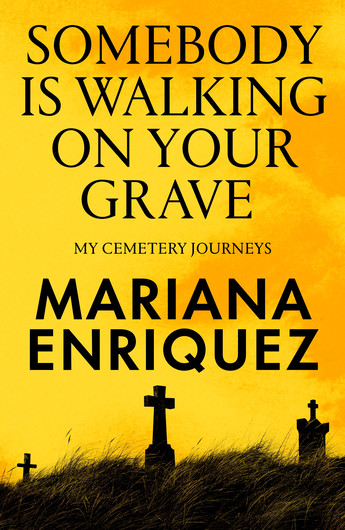
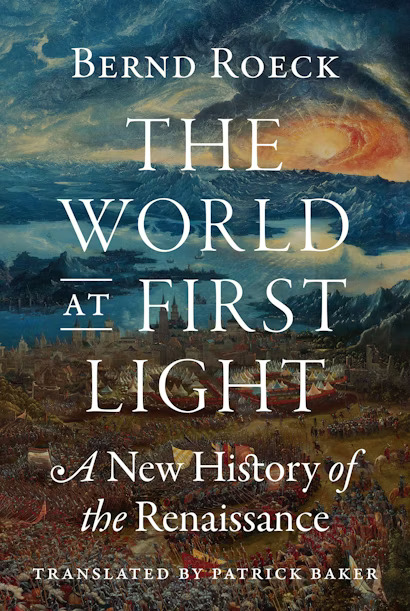
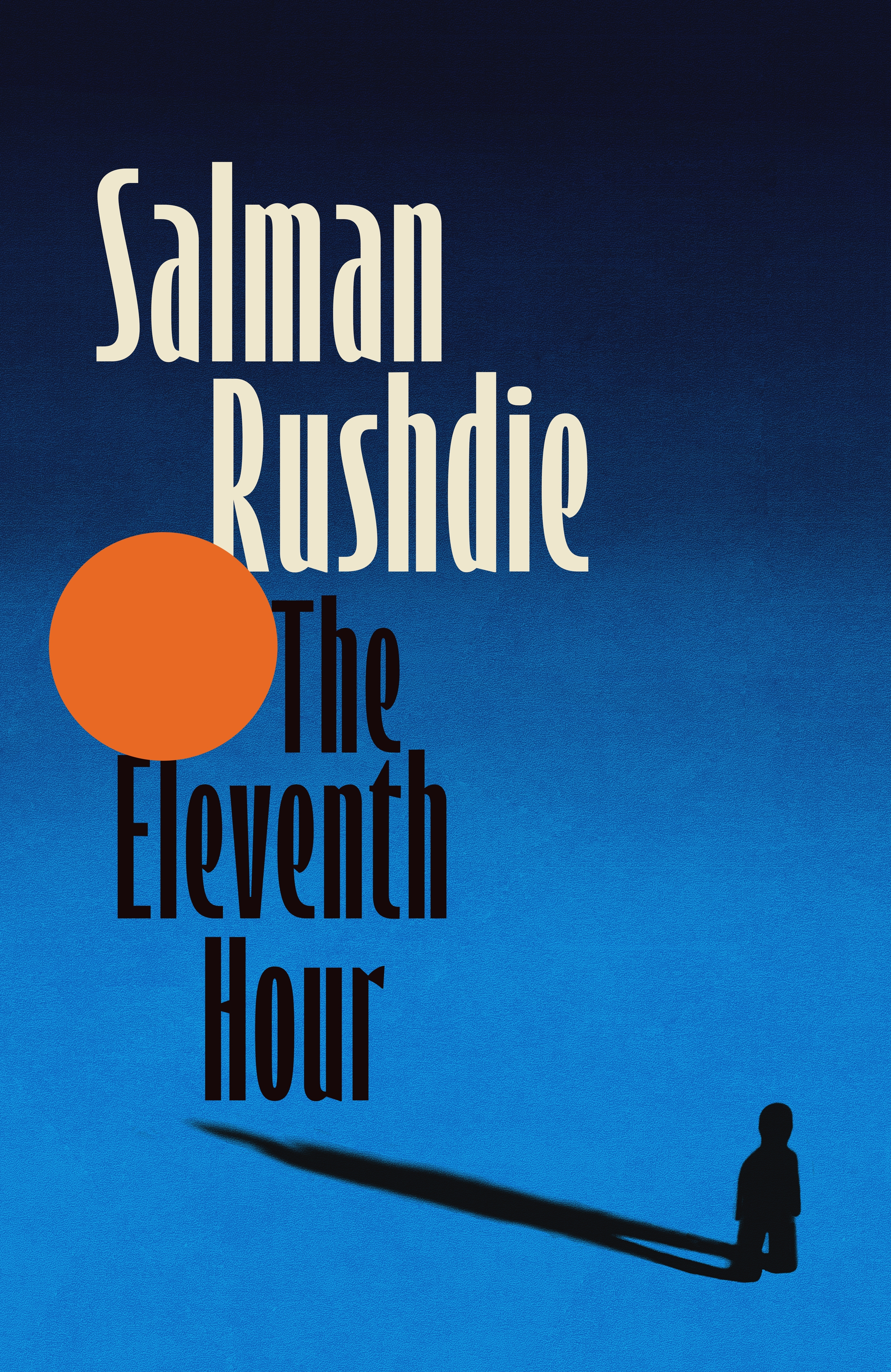
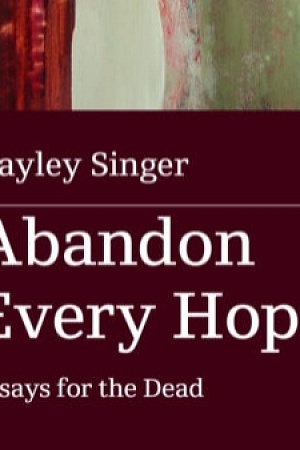
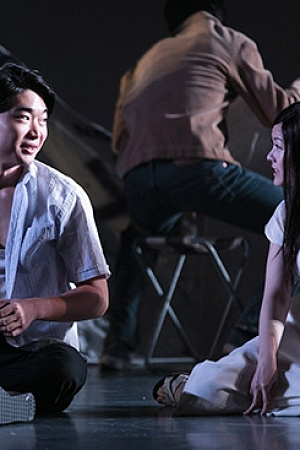
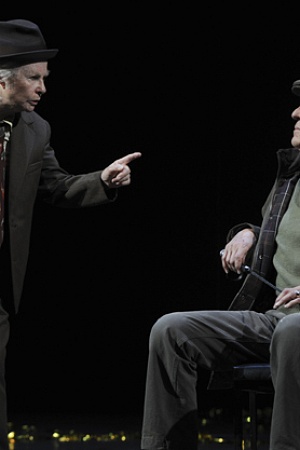
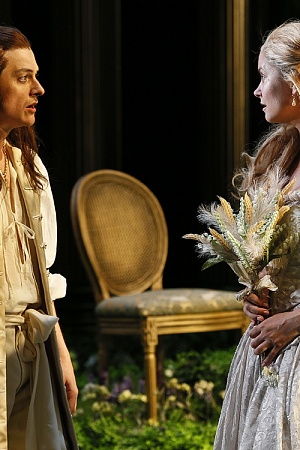
Leave a comment
If you are an ABR subscriber, you will need to sign in to post a comment.
If you have forgotten your sign in details, or if you receive an error message when trying to submit your comment, please email your comment (and the name of the article to which it relates) to ABR Comments. We will review your comment and, subject to approval, we will post it under your name.
Please note that all comments must be approved by ABR and comply with our Terms & Conditions.